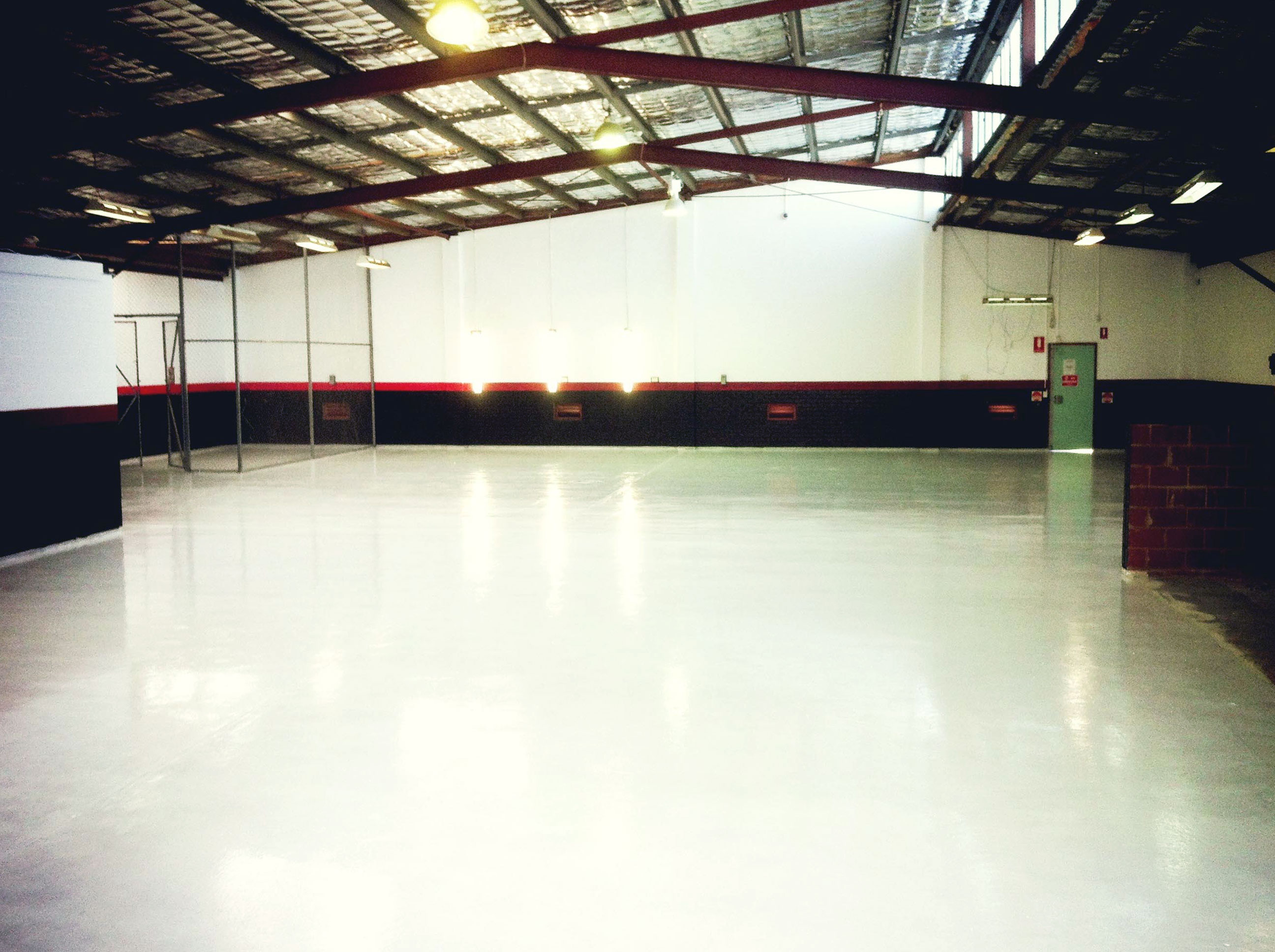Why it is Critical to Remove Laitance Before Coating Your Concrete

2017-09-13
Moisture often hogs the spotlight as the major cause of concrete floor coating failuresóbut it's not the only one. Another difficult and common substrate problem is laitance. The presence of a laitance layer prevents coatings from properly adhering to the concrete.
"Although it may not be immediately evident, trafficking impact and the stress imposed on the bond line through repeated fluctuations in temperature will eventually cause the laitance interface layer to delaminate, resulting in the flooring installation failing," writes Neil Sanders, in the Contract Flooring Journal.
Laitance can cost your team big bucks and unnecessary man-hours down the line to repair or replace any coating applied on top of it.
So, what is laitance?
Laitance is a weak, easily-crumbled layer on the surface of concrete, consisting of cement and fine aggregates that rise to the surface when too much water is added. Laitance may also be caused by over-trowelling, rain damage, or poor curing.
Laitance is always present on new concrete - but unfortunately, age is no guarantee that it's not present, unless it has been removed by previous surface preparation. The laitance layer may look like nothing more than fine dust, or it can reach a depth of several millimeters or more.
How do I test for laitance?
Here's the highly technical answer: scrape the surface of your concrete floor with a knife. "If a powdery material can be scraped from the surface, excessive laitance is present," writes Dr. Kim Basham in How to Avoid Concrete Coating Failures.
To get a sense of how thick the laitance is, "Score the surface of the substrate with a steel edge until the main aggregate is reached," Sanders writes. If your project needs a more accurate measure, there is also scratch testing equipment available.
Then, how do I remove it?
There are several ways to remove laitance. The method depends on how much area the laitance is covering, how thick the layer is, and how detailed your work needs to be.
If laitance is thicker, mechanical planing may be preferred. Surface planers, also called scarifiers or milling machines, remove the layer faster and more aggressively because "they use the pummeling action of multi-tipped cutting wheels that rotate at high speeds to chip away at the surface," ConcreteNetwork.com explains.
In large areas, shot blasting and grinding are the fastest and most efficient ways to remove laitance, preparing thousands of square feet at a single go. Scrabbling, abrading, or grinding are also recommended for removing laitance in areas that require more precision, with equipment designed for control, ease of handling and safe operation in smaller areas and on edge detail.
Whatever mechanical option you prefer, our experts can recommend techniques and equipment that meet the specs of your job, just click here to contact us.
Acid etching can remove laitance but has some disadvantages. Results vary, underpreparing denser surface areas. Treated surfaces must be flushed with water, rinsed with a neutralizing wash, flushed with water again, then fully dried before a coating can be applied.
Removing laitance is critical to the success of your concrete floor coating. Whatever the size or purpose of your concrete floor coating installation, we can help. Click here to schedule a consultation with an expert on the best method to remove laitance for your project.
Latest News
How to Maintain Your Concrete Grinder
Gain Customers and Referrals in 4 Easy Steps
Ready for the Summer Rush? 4 Ways to Prepare
6 Cold Weather Safety Tips for Installers
How to Remove Salt Stains from Concrete
Testimonials
Every time I call I get to talk to someone, and I always have an answer within 20 minutes. That's awesome.
Client: Terry C.

